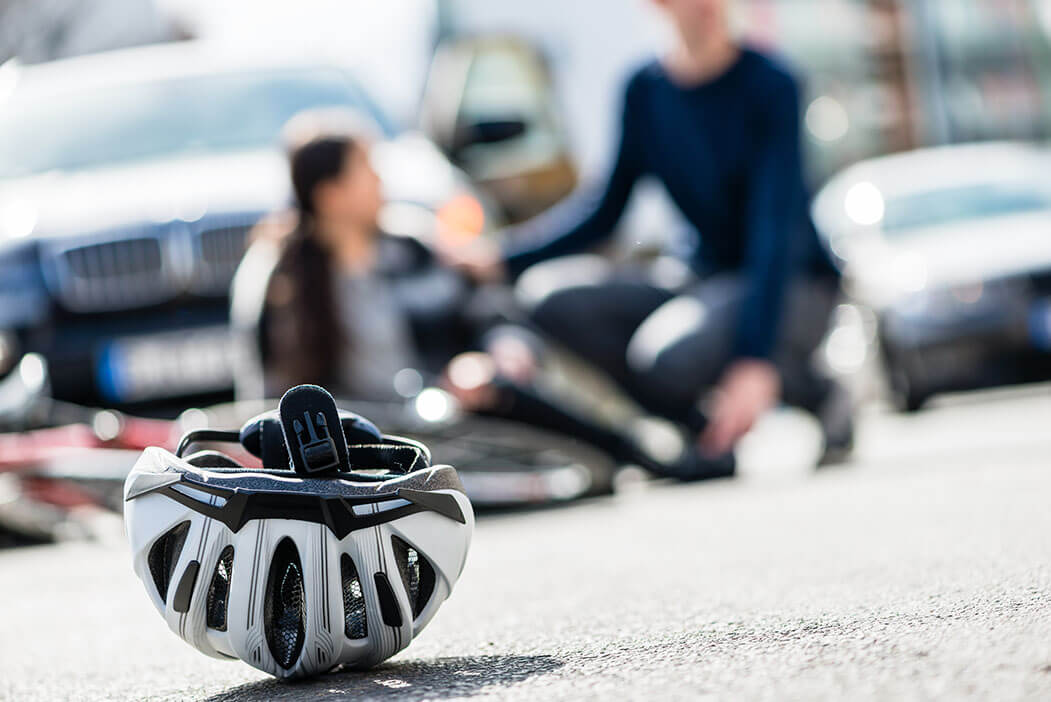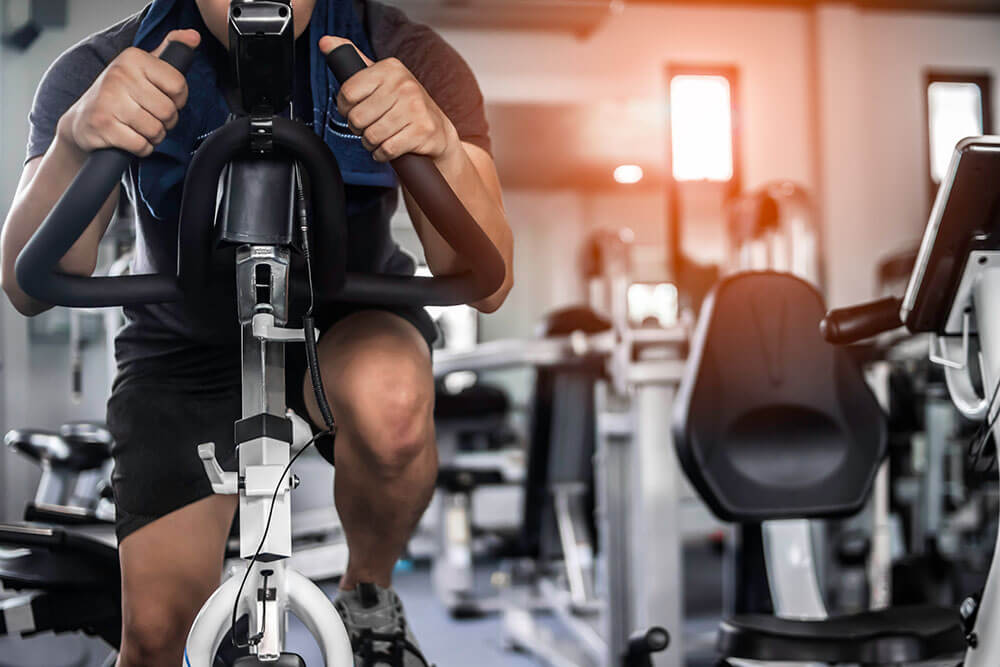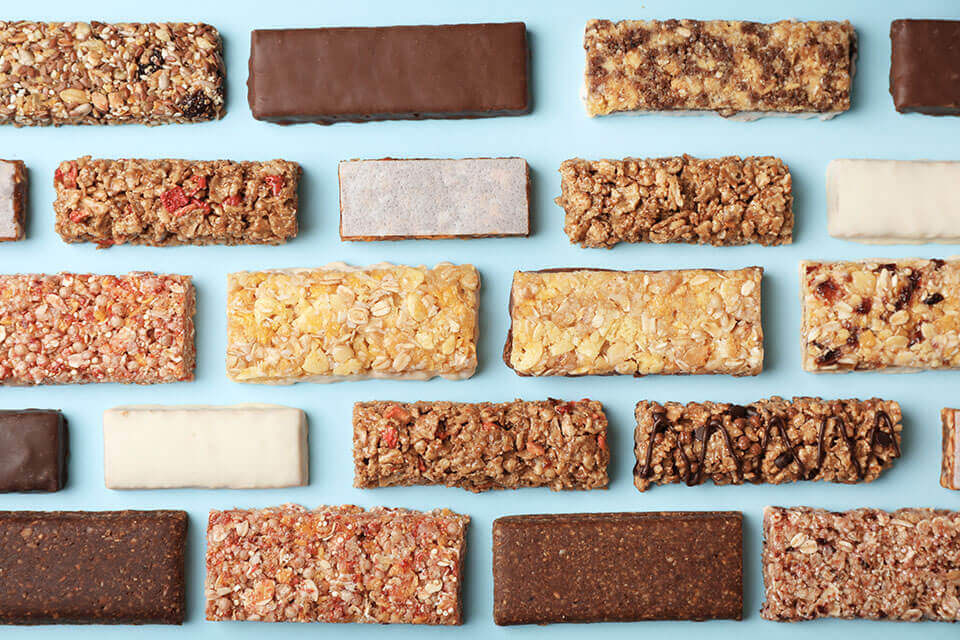Many people automatically believe that if you ride a bike, you are inevitably going to crash, and while it's true for most cyclists, not every cyclist has crashed, not yet anyway.
As a cyclist who has ridden in races for more than 20 years, I've had my fair share of injuries; two broken wrists, a dislocated knee cap, a lacerated face, a broken hand, and probably a few other injuries I've blocked out of my mind.
But after you've crashed, how do you get back to cycling to your best? is sit as simple as the old adage suggests, "when you fall off your horse, get straight back on"? While this adage rings true and it's only a small part of the process when it comes to jumping back on your bike again.
So let's look at four essential tips and strategies you need to factor in after you've crashed your bike. These tips will help keep your cycling experience a safe one.
- Don't rush the comeback.
- Remembering basic first aid
- Checking for concussion
- Plan and prepare
Don't Rush Your Comeback

One of the first things you will need to do is make sure you don't rush your comeback. Once you've hit the deck, take the time to evaluate yourself and try not to get up and start moving around.
Assess your injuries, if you have any, before you jump back on and start pedaling; if you rush it, you risk injuring yourself further, especially if you feel slightly dizzy, which could be a sign of concussion. Before you start riding, ask yourself if you can walk and move your arms in all directions.
Check your neck too. Can you look up and down and left and right? Taking the time to assess yourself is an absolutely critical step, so don't skip it.
One factor many cyclists don't think about is ensuring you have your iPhone. If you do crash, then you want to be able to call for help or let the family know you're ok. An integral part is ensuring your iPhone battery is not dead. The best way to guard against this is by purchasing a compatible iPhone charging case. iPhone charging cases keep your iPhone topped up, giving you peace of mind that you can contact loved ones if something happens.
Don’t Forget Basic First Aid Principles

Before you do anything else, don't forget to employ basic first aid principles. Remember, adrenalin will kick in, which will "mask" any injuries you may have; this is why it's vital to assess yourself while still on the ground. Do not avoid these steps, which is a common mistake bike commuters make.
Check to see if you have feelings in your arms and legs, and notice how much blood there is, hopefully not much. If you feel that you have sustained a serious inury, call for help.
A good rule of thumb is that if you can lift your bike off the deck, your upper body is probably right to go. If you can get up and walk, then you can more than likely pedal, so you should be able to make it home to further assess your injuries.
Checking For Concussion

One of the quickest ways to check for a concussion is to see if your helmet has sustained any dents or scratches. When you first fall, you might not be immediately aware of what happened because of the shock and the adrenalin that take over.
If you can remember what day it is and other basic details such as your name, you likely haven't sustained a concussion. However, to be safe, I would highly recommend visiting a doctor just to double-check; after all, it's always better to be safe than sorry.
As you ride, your body is creating endorphins, and these take quite a bit of time to "calm" down. You may be disoriented and confused, so take your time before trying to get up and walk around. You can also check your bike. Bent or broken wheels, frame cracks, and component damage are telltale signs of a significant crash.
Plan And Prepare

Before leaving home, every cyclist should ensure they have everything they need just in case the worst happens, and you fall off or crash your bike. Again I'm not trying to "alarm" you. The sole aim of this article is to ensure cyclists stay safe and are prepared for the worst.
Here is a list of essentials you should carry:
- Chain link
- Bike pump
- Multi-tool
- Spare tube
- Band-aids (different sizes if possible)
- Gauze
- Taping and
- your iPhone
Ensuring you're prepared for a crash can mitigate the chance of any serious injury. Not every crash ends in disaster; more often than not, you'll only come away with a few scratches and some minor aches and pains.
The biggest hit you take is usually to your ego. I've fallen off a couple of times at traffic lights when I didn't clip out correctly; fortunately, I received no injuries, but boy, was it embarrassing.




Leave a comment
This site is protected by hCaptcha and the hCaptcha Privacy Policy and Terms of Service apply.